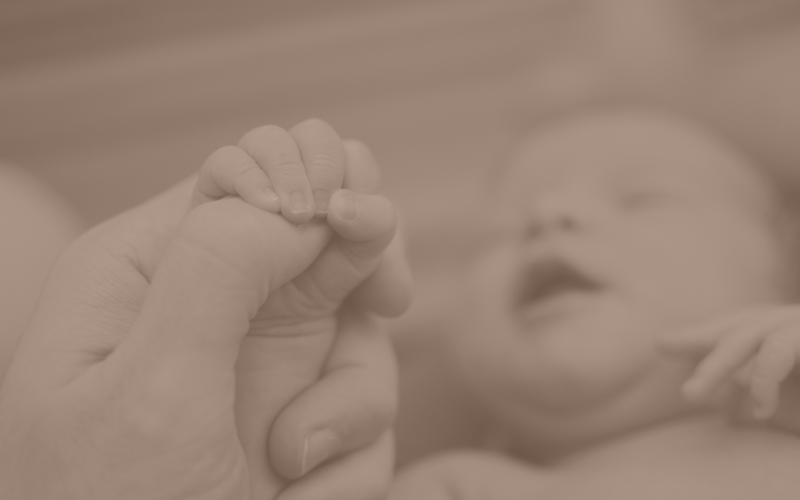Welcome to Karlton Terry Baby Therapy (KTBT)
THE HOME OF BABY BODY LANGUAGE
If you want to learn about what babies are saying with their bodies you’re in the right place.
Karlton Terry has dedicated his career to understanding the language of babies so he can help practitioners, parents, and caregivers support babies through transformative healing processes, ensuring their needs are met with compassion and clarity. His mission is to teach a new generation of practitioners and parents by sharing his groundbreaking techniques, creating a world where every embodying soul—whether prenate, baby, child, or adult— is deeply seen, honored, and nurtured from the beginning of their journey here on earth.
Join The KTBT Prenatal & Perinatal Family!
Join The KTBT Prenatal & Perinatal Family!
Download the Free Guide & Discover:
How babies experience birth from their perspective
Why birth imprints can show up in crying, body movements, and tension
How to recognize subtle signs that your baby is processing their birth
Practical ways to support your baby with understanding and presence
Watch Baby Body Language in action
Baby Florian drawing the C-section cut
Watch Zach's Stage 1 Baby Body Language
You'll find inside a full debrief and video feedback from a live session with Baby Florian inside Class 3 of the Online Baby Therapy Course.
As a practitioner working with babies and families, you might be experiencing these challenges in your practice
Persistent Crying and Discomfort in Babies
Difficulty Identifying Root Causes of Physical & Emotional Issues
Uncertainty in Addressing Prenatal or Birth Memories
Lack of Confidence in Interpreting Baby Body Language
Inconsistent Therapeutic Outcomes
Feeling Overwhelmed by Complex Cases
Uncertainty in Engaging with Babies During Therapy Sessions
Here’s how we can help
Join an Exclusive Mentorship Teams
Enhance your practice, heal, and grow in a supportive community of other practitioners working with babies and families.
Baby Therapy Course
Learn about Baby Body Language and the Foundations of Baby Therapy in KTBT’s Comprehensive Online Course.
Join our KTBT’s Membership
Join the KTBT Membership to access a complete library of pre- and perinatal videos and resources, and access our monthly live thematic discussions for free.
Practitioners Gain these Skills:
By developing a mastery of baby communication practitioners learn to provide more precise facilitations, enhancing outcomes for both babies and their families.
Increased confidence in recognizing and addressing various pre- and perinatal challenges, such as birth trauma, prenatal imprints, and developmental delays.
Learn how to help families benefit from more accurate and compassionate care leading to quicker and more effective solutions.

Class 3: Tracking Perinatal Signals
Cranial and Facial Signals, Body Signals
Class 3: Tracking Perinatal Signals of the Online Baby Therapy Course invites you deep into the kingdom of the baby.
You will learn the language of the baby: the A-B-Cs of Birth Baby Body Language. It is a precise language that conveys what an individual baby has been through, and how that baby feels about what it’s been through.
You can get special 'X-ray glasses' that let you truly see and understand babies as they explain what life is like for them. They tell you what they need and ask for your help — if only you learn to listen.
No matter what type of baby practice you have, you ought to learn this so that you can take direction from, and hold accurate empathy for, any of the myriad different baby stories you might come across in your months and years as a baby practitioner.
Class 3 is where theory becomes sharp, embodied perception. In this level, you’ll begin developing a refined ability to “read” babies — not symbolically, but through direct observation of their cranial, facial, and body signals that arise from their perinatal experiences, particularly their birth process.
What You’ll Learn in Class 3
“If a baby’s moving its hands around its head, a baby’s asymmetrical, or if a baby’s tight... You are looking at the baby’s birth.”
You’ll learn:
How to decode baby body language (BBL) as birth language, distinguishing signals that relate to specific perinatal stages.
Which movements are communication — not random — based on Karlton’s principle that “every movement has an antecedent cause.”
How to identify signs of cranial and facial compression, all of which are reflected in the baby’s real-time behaviors and posture.
When you truly attune to the baby's body — with heightened perception and refined observational skills — the baby begins to “speak,” not with words but with a symphony of movements.
Class 3 equips you to understand that symphony, layer by layer, it is an intimate, in-depth walk-through of one of my best Birth Baby Body Language in-person trainings where I teach how I help heal babies from birth trauma by tracking baby body language.
What’s included:
Grounding Meditation
Lecture 1: Preparing the Session to Invite Baby Body Language
Lecture 2: Lie-Side Theory
Lecture 3: Lie Sides
Lecture 4: Types of Perinatal BBL & Symptoms
Lecture 5: Pre-brief Milo
Lecture 6: Video Feedback Milo Part 1
Lecture 7: Video Feedback Milo Part 2
Lecture 8: Pre-brief Florian
Lecture 9: Video Feedback Florian Part 1
Lecture 10: Video Feedback Florian Part 2
*Includes 2 Baby Therapy Demos with video feedback (see lectures 5 to 10)
>> Classes 1,2 + 3 of The Online Baby Therapy Course Available Now <<

FREE INTRO COURSE
8 Essential Baby Body Language Cues Every Practitioner Should Know
Decoding Unresolved Birth Imprints
Learn to recognize unresolved birth imprints through Baby Body Language.
Free mini-course for professionals
Unlock the insights behind unresolved birth imprints and transform the way you work with babies.
This free 3-video mini-course gives you practical tools to enhance your therapeutic approach.
Sign Up Now and Get Immediate Access!
What you’ll find inside












